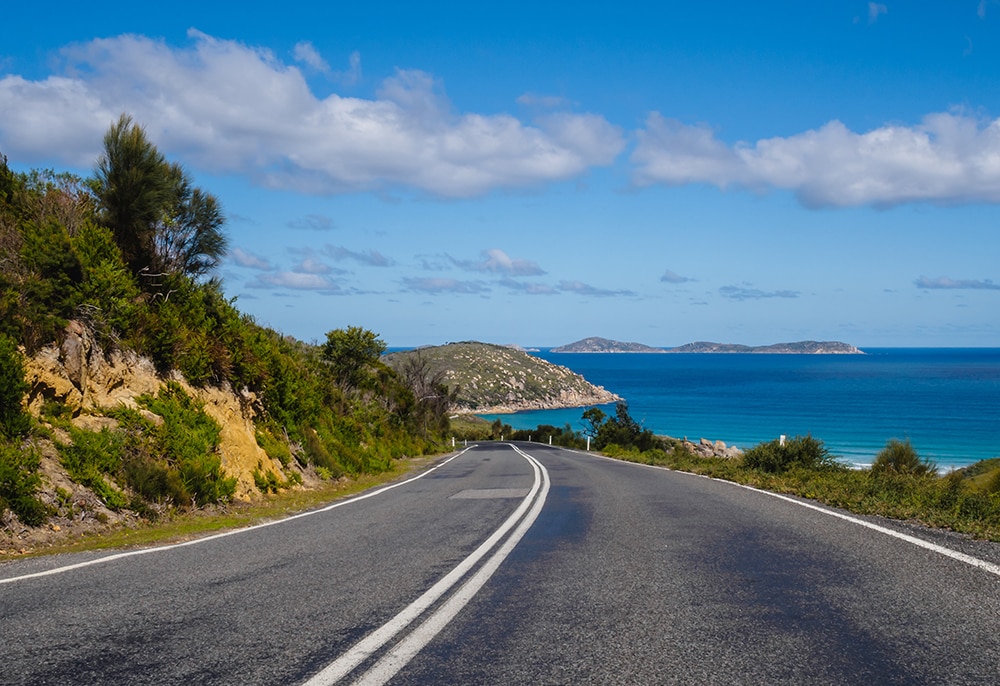What needs to happen to eliminate range anxiety completely?
We’re already seeing alignment on the major concerns around buying a petrol car versus an electric car. According to a recent Autolist survey, range is no longer the only most important factor when thinking about going electric. Cost is also becoming a significant influencer for buyers of petrol vehicles.
But this doesn’t mean range anxiety has disappeared entirely. There are factors that need addressing for the Australian public to be truly won over by the power of electric cars:
- Minimum range: The current disparity between older and newer EV models needs to be consolidated. There might be less worry from buyers if, for example, a minimum range of at least 300–400km was enforced under agreed national standards.
- Faster charging: The time required to charge an EV remains a barrier, but faster charging is closer than we think. Engineers at Penn State University in the US are developing an EV battery that gives drivers a minimum of 320km in a single, 10-minute charge, placing standard recharges on a level-playing field with fueling up a petrol car.
- Destination charging: Australians would be more comfortable to take road trips and travel long distances to holiday destinations if they had the ability to charge an EV at any hotel, holiday park, winery, ski resort or similar destinations around the country.
- Recharge lounges: Like airport lounges, creating a relaxing space where EV drivers could spend their 30 to 90 minutes of charging time would make the idea of long-distance travel more palatable. Already, areas of California have their own supercharger customer lounges, which could provide inspiration for similar designs in Australia.
- Harness the power of AI and machine learning: Installing built-in technology that maximises AI and machine learning capabilities would allow GPS and trip planners to ‘learn’ from every instance of driving. Weight, air-conditioning use, weather, stop frequency and average speed would all help the technology better estimate the battery power needed for a trip – making running out of range nearly impossible.
Australians are becoming more receptive to the financial and environmental benefits of electric cars, as well as the simplicity of their park-and-charge battery systems. And while range anxiety remains a concern, the power of new technology and additional government funding is helping consumers see the long-term benefits in choosing electric over petrol.
Figures and information provided in this article are true and accurate as of 30/12/19.




